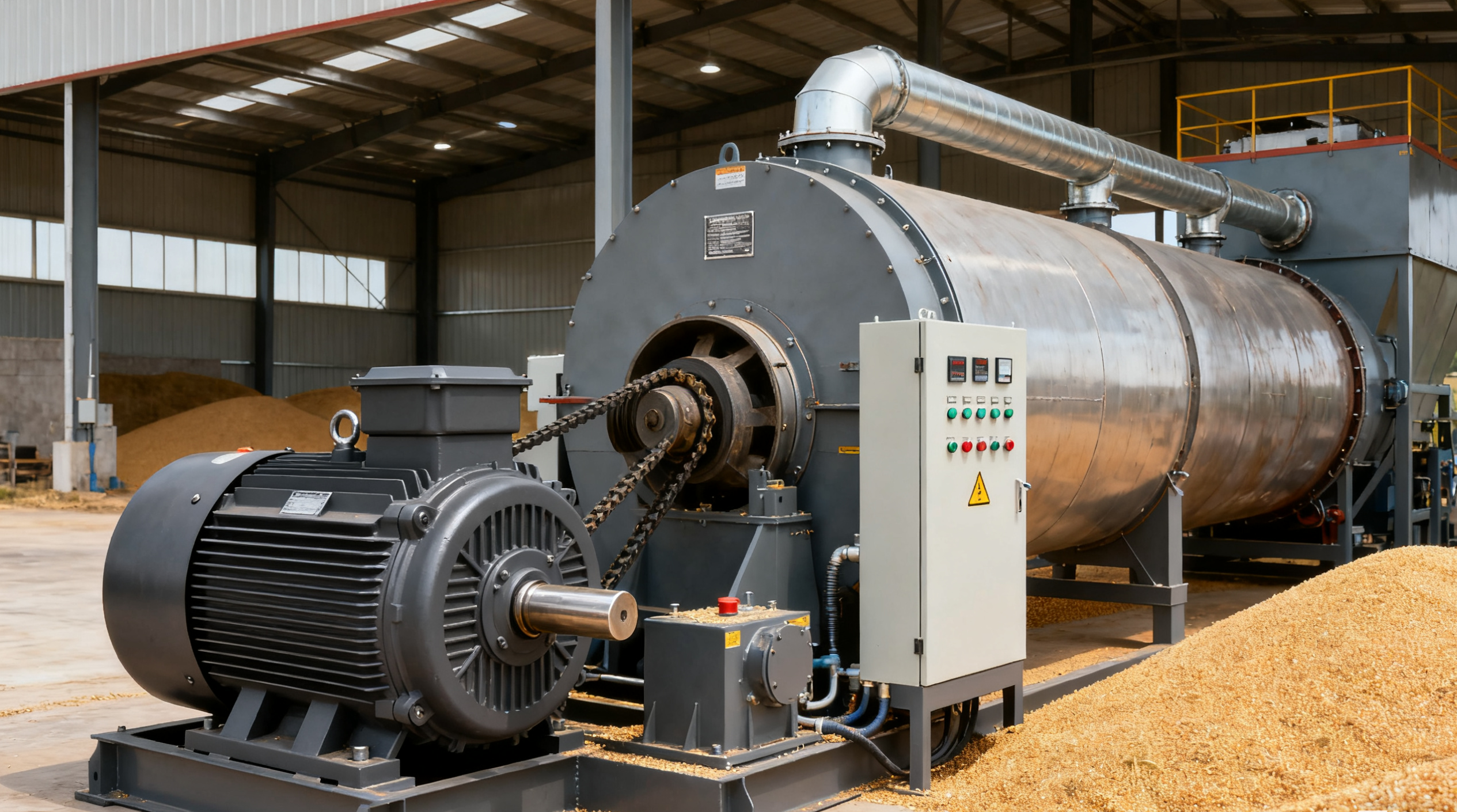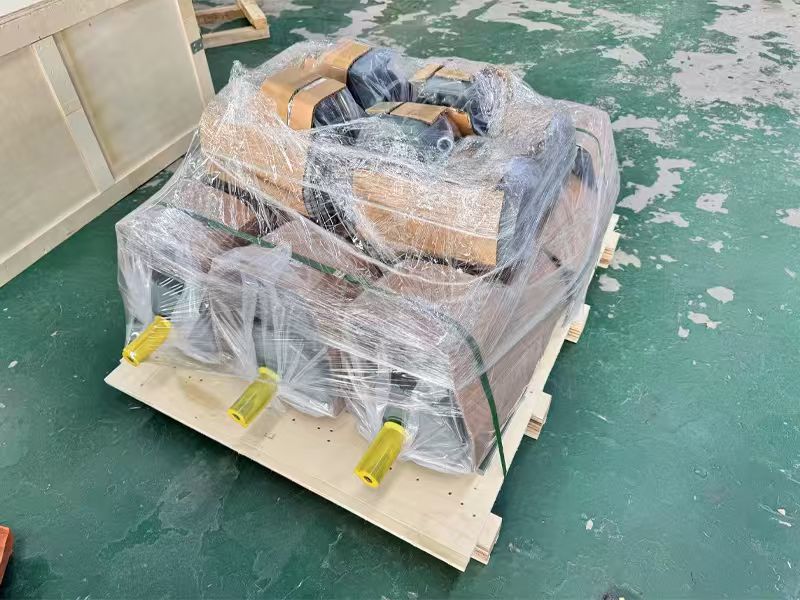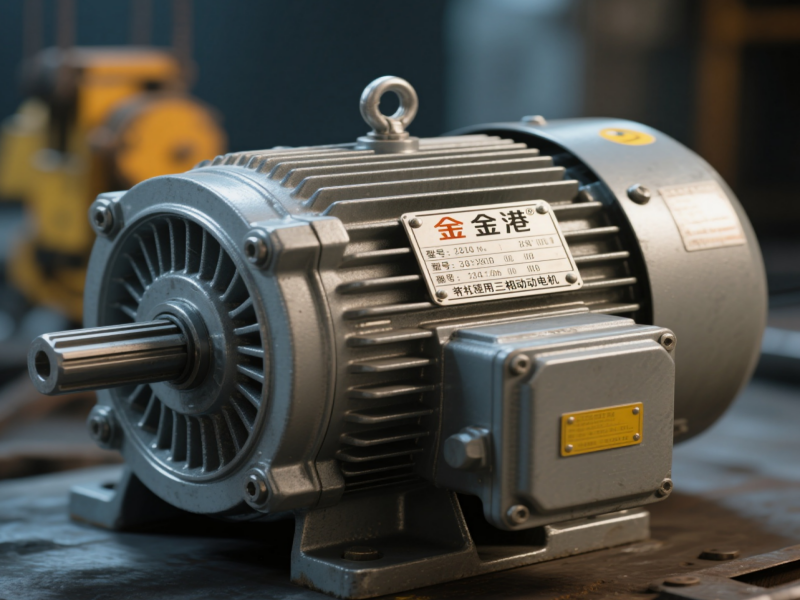Application of single-phase and three-phase asynchronous motors in grain dryers
In grain dryer applications, the choice between single-phase and three-phase asynchronous motors depends entirely on the dryer’s scale, drying requirements, and power supply conditions. They are suitable for small-scale intermittent drying and medium-to-large-scale continuous drying, respectively. The following is a specific application analysis:
Single-Phase Asynchronous Motors: Suitable for Small, Intermittent Grain Dryers
Due to their limited power (typically ≤2.2kW) and reliance on 220V mains electricity, single-phase asynchronous motors are primarily used in small dryers for households or small workshops, primarily meeting the needs of small-batch, non-continuous drying.
Suitable Dryer Types and Applications
Device Specifications: Capacity is typically 200-500kg/batch, with a compact size and simple structure. Typical users: Rural individual farmers and small feed mills (drying small quantities of raw materials such as soybean meal and bran). Application Features:
The drying process is mostly intermittent—drying one to two batches at a time (each batch takes 2-4 hours), with the machine shut down for cleaning upon completion. 24-hour continuous operation is not required. The power supply connects directly to a household 220V outlet, eliminating the need for additional wiring modifications.
Core Advantages and Limitations
Advantages:
Easy power access, eliminating the need for additional three-phase wiring costs;
Low initial purchase price;
Simple operation, requiring no professional maintenance.
Limitations:
Insufficient power to drive large loads, resulting in low drying efficiency;
Depending on a starting capacitor/centrifugal switch, continuous operation is prone to downtime due to component aging, making it unsuitable for the rush harvest season;
High torque pulsation and unstable fan/drum speeds during operation can lead to uneven heating of the grain, increasing the risk of mold.

Three-phase asynchronous motors: Dominate “medium-to-large, continuous” grain dryers.
Three-phase asynchronous motors offer a wide power range, high starting torque, and stable operation, making them the only choice for industrial-grade medium-to-large grain dryers. They meet the core needs of large-scale, continuous drying and are particularly well-suited for farms and grain purchasing stations.
Suitable Dryer Types and Applications
Equipment Specifications: Capacity ranges from 1-10 tons/batch, with some large production lines exceeding 20 tons/batch. These dryers are typically continuous or circulating dryers.
Typical Users: Large-scale farms, grain purchasing stations, and feed/food processing plants.
Application Characteristics:
The drying process is often continuous—operating 24/7 during the autumn harvest season. Wet grain is continuously fed through an automatic loading system and discharged directly into a warehouse after drying. A 380V three-phase industrial power supply is required, and dedicated wiring (including leakage protection and overload protection) is typically required in advance.
Core Advantages and Limitations
Advantages:
Sufficient power to drive high-load components, achieving high drying efficiency;
High starting torque, smooth operation (no torque pulsation), stable fan speed and hot air temperature, uniform grain drying, and significantly reduced mold and mildew rates;
Simple structure, high reliability, requiring only periodic bearing lubrication for 1-2 months of continuous operation, resulting in low maintenance costs and suitable for the high-intensity operations of the “rush harvest” season;
High energy efficiency (5%-10% higher than single-phase motors of the same power), resulting in significant electricity savings with long-term continuous operation.
Limitations:
Requires a three-phase industrial power supply. For rural individual users who haven’t installed wiring in advance, initial modification costs are high;
High initial purchase price, making the equipment suitable for users with large-scale drying needs, but not cost-effective for small-volume operations.




